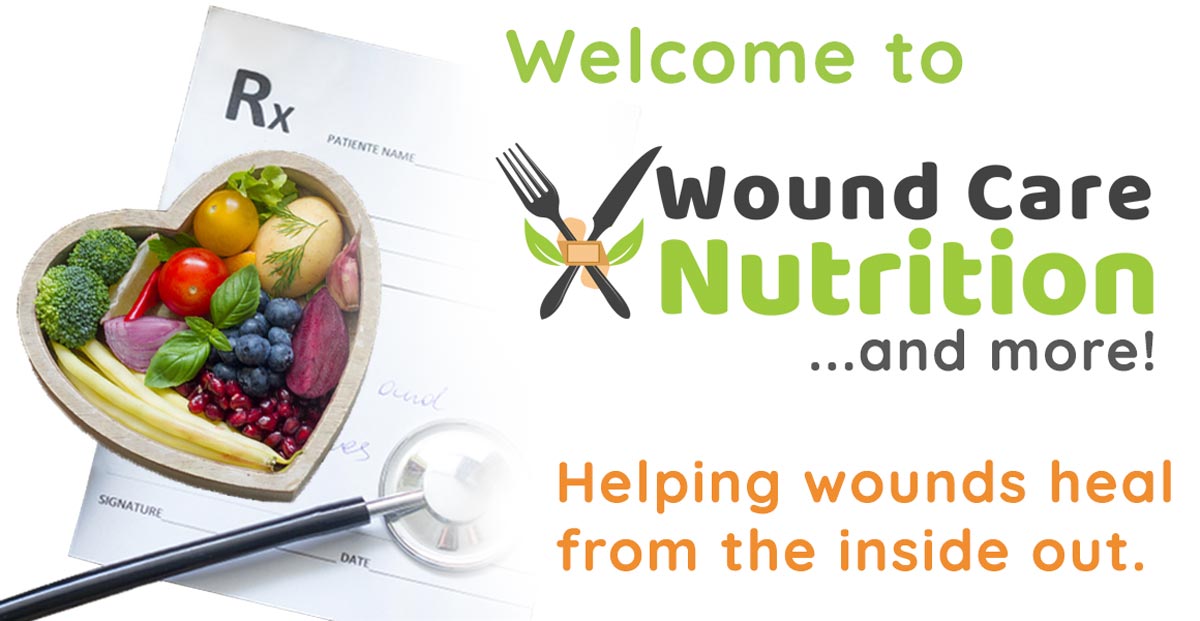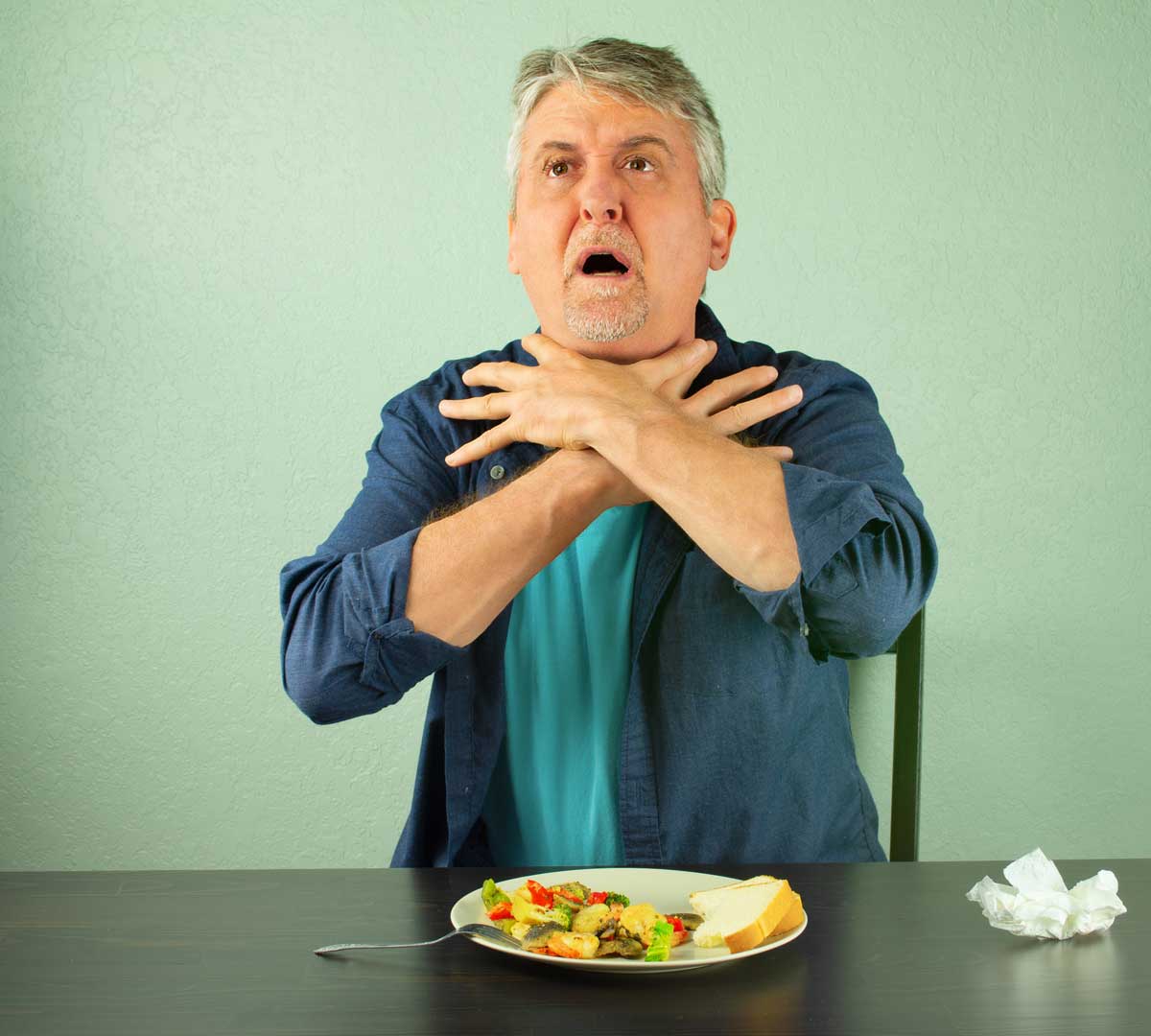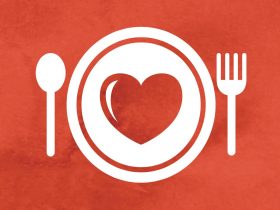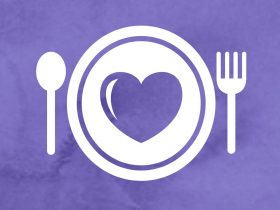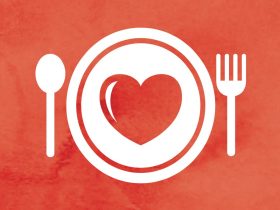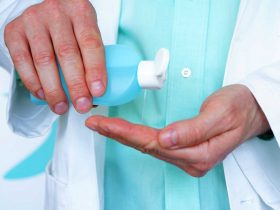By Nancy Collins, PhD, RDN, LD, NWCC, FAND
Every minute counts when a patient chokes, so you must react confidently and have a plan in place to handle this emergency situation.
John Quiñones stars in the ABC television show What Would You Do? (https://abcnews.go.com/WhatWouldYouDo). The program features actors cast in scenes of conflict or illegal activity in public settings, while hidden cameras record the situation. The focus of the show is to see whether ordinary people intervene or just pass by and how they react. For example, a recent episode featured a young girl’s nanny berating her in public and calling her stupid. Several passersby asked the nanny to cool it, while others just squirmed and silently hurried by. The point of the show is that we never really know how we will react to a situation until we are actually in it, and then each of us has to make a choice.
Choking and Litigation
I currently am working on four (yes 4!) legal cases where staff members had to make such a choice when they were suddenly thrust into a situation where a patient was choking. All healthcare professionals are schooled in the Heimlich Maneuver and cardiopulmonary resuscitation (CPR), but I would venture to guess that not many of us have ever had to apply these skills to a real patient. That is, until the day someone chokes and suddenly it’s pandemonium. Often these situations lead to legal action, which is another complexity.
We never expect a patient to choke in the nursing home dining room or in the hospital emergency room or in a doctor’s office, but it does happen. In fact, it happens more often than you would expect. It happens on hard candy, chicken bones, crusty bread, and a variety of other foods. People have given hot dogs a bad rap for causing choking, but experience has shown me that it can happen with any food.
Consider this situation that occurred in a long-term care facility. The identifying details are modified for privacy, but the illustrative points remain. It was an ordinary day, and patients were enjoying dinner. Suddenly one patient got something stuck in his throat and collapsed into his dinner plate at least partially unconscious. I am sure this was quite alarming to both the staff present in the dining room, as well as the other patients who could clearly see the life and death situation unfolding.
This is where John Quiñones’ show comes into play. What would you do? Would you hesitate to perform mouth-to-mouth resuscitation? Would you move the patient to the ground? Would you move the patient to his room out of view of the other patients? Would you tend to the patient first or call 911 if you are the only staff member present? Would you call for the clinical supervisor on duty? You are faced with making a dozen quick decisions.
The depositions in this case reveal some confusion ensued. One nursing aide said she ran to get her supervisor. Another said they got the patient on the dining room floor, but he was blue and “a lot of foam” was coming from his mouth, so she was reluctant to perform CPR. She admitted she got scared and really was not sure what to do and described a pretty chaotic situation. The supervisor made the decision to get the patient to his room and out of view of others and by this time the emergency personnel had arrived. The common thread in everyone’s recollection of this evening was the fact that they had never expected to face this situation and most were not confident of their emergency skills, never having truly used them before.
Take Action Before It Happens to You
I share this story because this can happen to any one of us. As healthcare professionals, we can be faced with a situation like this at any time. Are you prepared to handle it? I write about food and health all the time, and even dysphagia, but I have never before written one word about choking.
Choking is a blockage of the upper airway by food or other objects, which prevents a person from breathing effectively. Choking can cause a simple coughing fit, but complete blockage of the airway may lead to death. Choking is a true medical emergency that requires fast, appropriate action. Emergency medical teams may not arrive in time to save a choking person’s life. When someone is choking with a completely blocked airway, no oxygen can enter the lungs. The brain is extremely sensitive to this lack of oxygen and begins to die within 4 to 6 minutes. It is during this time that first aid must take place. Irreversible brain death occurs in as little as 10 minutes.1
My hope is that you take a few minutes after reading this to think about your own readiness and reaction if you are ever in this situation. After reviewing the many depositions of nursing aides and nurses who were unexpectedly thrust into this situation, I know that confidence plays a role. You must have confidence in your own skills, and if you are not, you can take steps TODAY to improve them.
Please talk to your care team and colleagues and discuss these issues. Have a solid plan in place. Make up various scenarios and discuss how to handle each of them. Four to 10 minutes is not much time and certainly not enough to have any indecision. What would you do? I hope you never have to find out, but if you do, make sure you are prepared.
Reference
- Cunha JP. Choking. eMedicineHealth website. https://www.emedicinehealth.com/choking/article_em.htm#choking_causes.

